
Batoi has released a new Content Management System (CMS) built entirely on the Batoi RAD Platform. This new CMS is engineered for organizations that require scalable, secure, and modular solutions to manage content-driven websites or portals with enterprise-grade performance.
The CMS is structured as a Microservicelet within the RAD environment. Each part of the system is modular and isolated, allowing flexibility in deployment while maintaining cohesion when needed. Two foundational modules are complete in its current version: the Content Stack and the Media Stack.
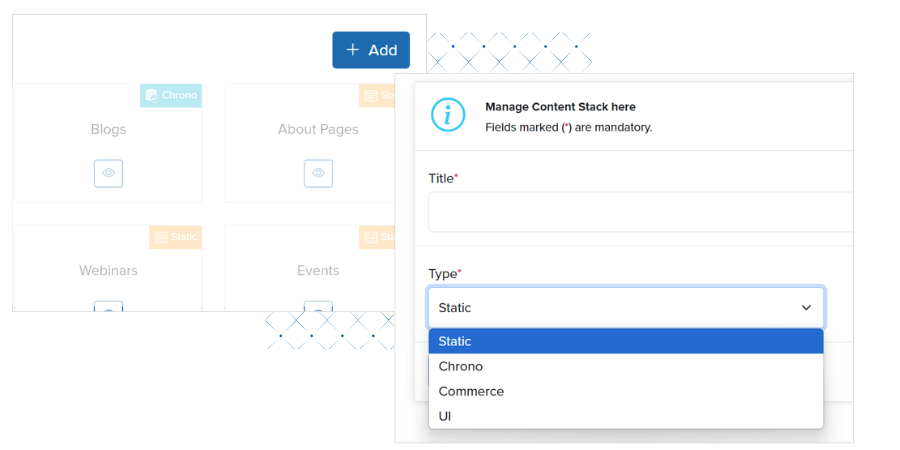
The Content Stack is the system’s backbone. It allows teams to define content types, manage structured and unstructured content, and operate within a controlled publishing workflow. Built-in versioning, role-based access, and tagging provide the editorial governance that large teams need. The CMS is built to be API-first to deliver content seamlessly across multiple interfaces—websites, mobile apps, or external services.
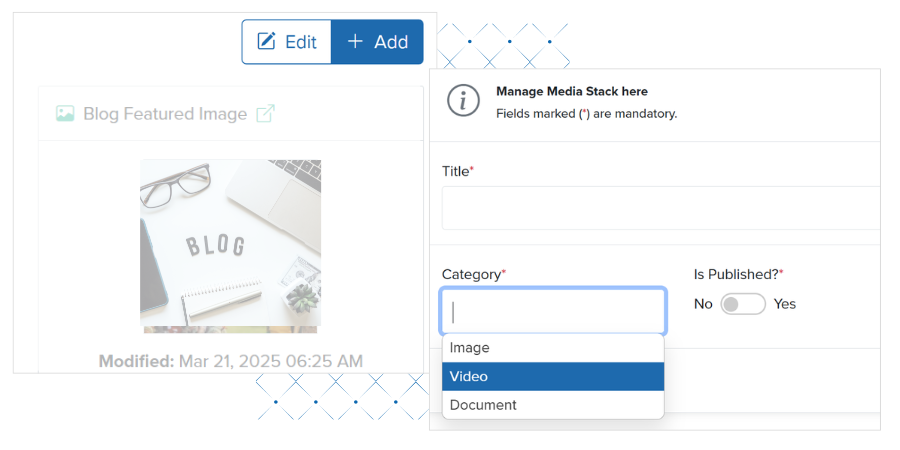
Alongside this, the Media Stack supports comprehensive file and media management. Users can upload, organize, and reuse media assets like images and documents with tagging and metadata. The system supports direct embedding and linking, making content creation more efficient. Performance optimizations such as intelligent caching and lazy loading are part of the design, ensuring that media-heavy pages remain fast and responsive.
Unlike many traditional CMS systems, Batoi emphasizes performance, modularity, and developer-friendliness. It avoids the clutter and rigidity of monolithic systems while offering security, extensibility, and operational transparency. Features like code editor support, custom templating, and tight integration with the broader RAD platform make it suitable for professional development teams and enterprise IT departments.
This is just the beginning. Work on the Data Stack is already underway, allowing for dynamic data rendering and categorization. Upcoming additions will include tools for user interaction, such as feedback forms and analytics modules.








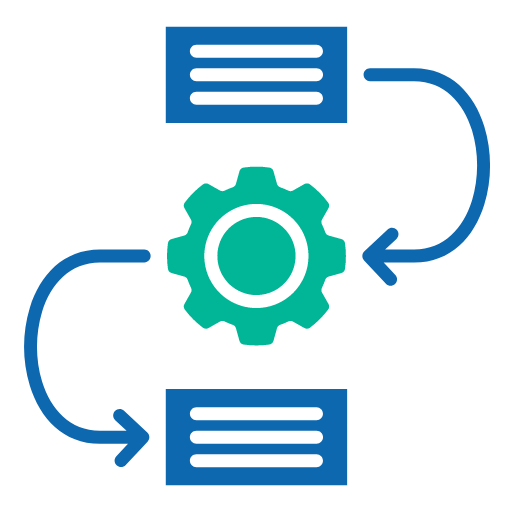


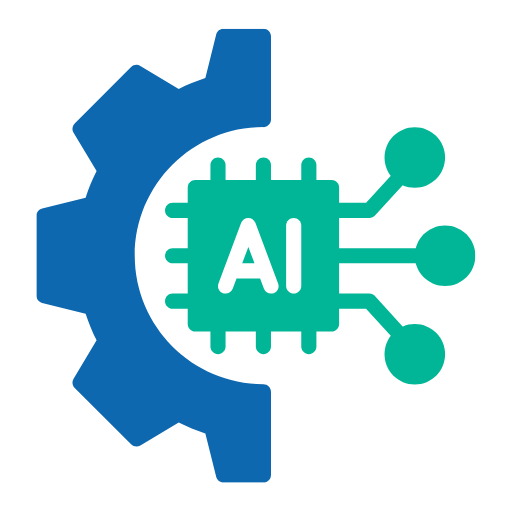





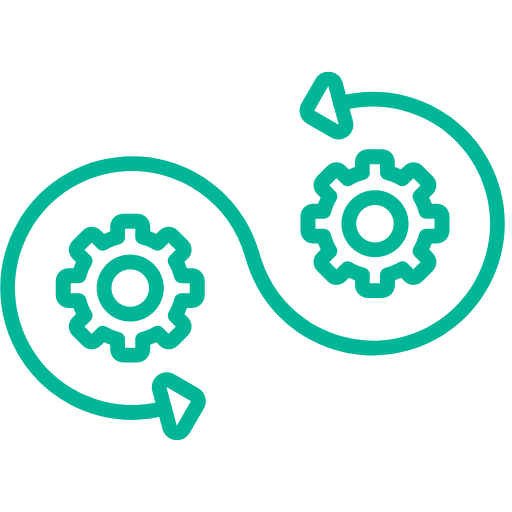




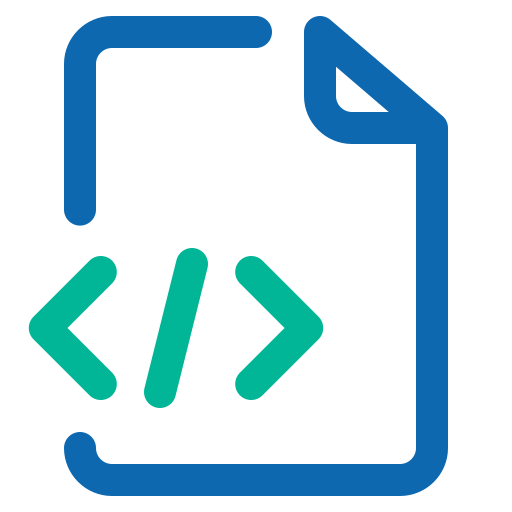




 Batoi Corporate Office
Batoi Corporate Office